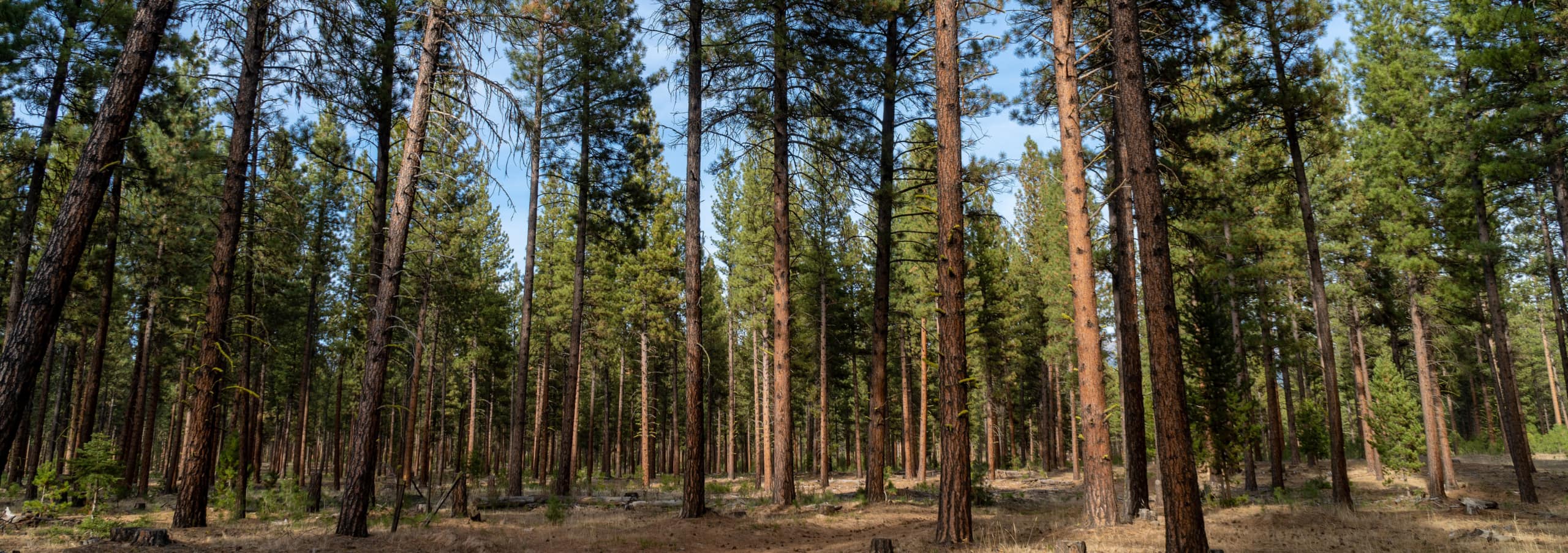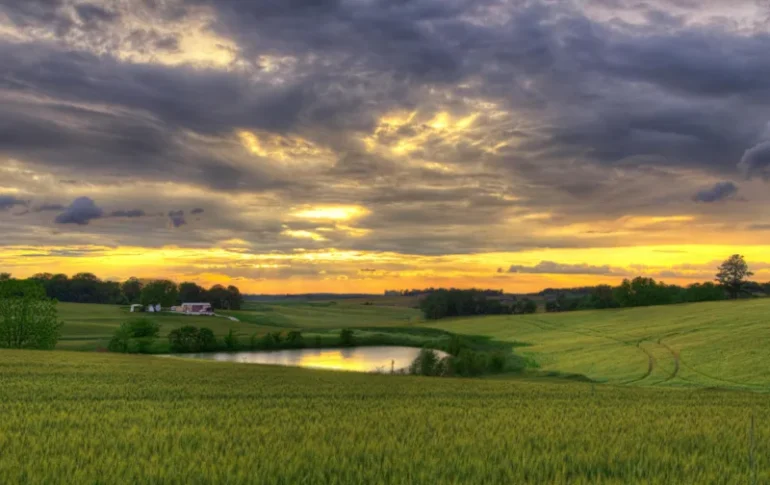Forestlands: The Ultimate ESG investment
By Troy Dana, Designated Broker, Licensed in WA, AK
ESG (environmental, social, and governance) is a general term used in capital markets and by investors to evaluate corporate behavior to determine the future financial performance/benefit of investing in new companies and innovations. ESG is the new standard by which corporations, non-profits, and start-ups stand out in the crowd, whether competing for capital or market share. A closer look at forestlands as an ESG investment will show that forestlands check all the boxes. Tree farm certification, forest practice rules, and habitat conservation plans are a few of the voluntary and regulatory management protocols designed to improve the landscape aesthetic, forest health, and ecosystem functionality. All of these are ESG centric.
Forestlands provide more than economic returns; they provide unforgettable sights, sounds, and sensory experiences that start when one steps among the trees and takes in that first deep breath of the distinctive woodland bouquet. Forestlands do far more than grow trees; they strengthen our connection with nature. An encounter with a 900-pound bull elk bugling on a brisk early autumn morning is enhanced by the pungent, pleasant aromatic of pine sap warming in the reddish-brown ponderosa pine bark ubiquitous on the eastern side of the Cascades. The cathartic sound of bone-chillingly cold water pumping from crystal clear springs into meandering streams or the experience of foraging the forest floor on an early October day for Chanterelles prized by culinary snobs and old-timers leave an imprint on the soul.
Forestlands offer unique and tangible experiences no other ESG investment can provide. The experiences alone make the investment worthy of consideration, but set those aside for a moment and consider how much forestlands do for our ecosystem, our economy, and our quality of life.
Carbon sink
Leading up to Covid-19, C02e, or Greenhouse Gas dominated headlines and was considered humanity’s existential threat by politicians, scientists, and the media alike. The images of the polar ice caps melting, unprecedented weather extremes and climate change alarms due to increased levels of Co2e in the atmosphere all confirm climate change is a reality. One positive thing coming from Covid-19 is that it has demonstrated that reduced Co2e emissions do improve air quality and slow the greenhouse effect. Capturing carbon from burning less fossil fuel can also help improve air quality and slow climate change. Forestlands are massive carbon sinks due to their ability to absorb carbon dioxide from the atmosphere. A Douglas Fir tree planted 20 years ago is one of the most efficient carbon sequestration and oxygen emitting life forms on the planet. Sequestered carbon can represent as much 28,000 pounds in a 100-year-old Douglas fir or approximately 50% of the biomass weight. The oxygen produced by photosynthesis can range from 260 – 500 pounds per year, depending on tree size. Carbon sequestration and scrubbing technologies are abundant but not yet cost-effective. By contrast, forestlands do this work and so much more. Carbon sequestration in biomass has also created a demand for carbon offsets. Now, these markets are emerging throughout the US as more and more Fortune 500 companies are proactively investing in forestlands for carbon credits.
Cool Water
There is nothing like walking out of the direct sun on a hot summer day into a small wooded area fully shaded by tall trees to a 10-15 degree drop in temperature. Even small forests can provide a cooler microclimate, shade, and habitat beneath the forest canopy. This shade offers benefits beyond a cooler place in the forest for the many animals that roam the forest and the plants that call it home. The shade and cooler air contribute significantly to keeping surface waters cooler as they meander downstream to ever bigger streams and rivers and eventually back to the ocean. Direct sunlight on the surface water creates a warming effect impacting drainages, tributaries, and even ponds and lakes. Cool water is critical for many coveted cold water fish species such as trout, steelhead, and salmon smolts.
Biomass production
Forests can be managed in various ways, from passive, hands-off management to intensive management for maximum ROI. Passive management allows for the indigenous species to flourish while competing for the sun. This can result in what is regarded as a mixed stand forest because there was no human-made attempt to purge non-commercial trees and competing vegetation. Mixed stand forests will often have a mixture of conifer and deciduous trees native to the region. There is still commercial value in these mature forests but generally not anywhere close to professionally managed commercial tree farms. For example, in Western WA, these native tree species can include big leaf maple, cottonwood, and Oregon ash. Commercially viable species that are not optimal to farm are western red cedar, western hemlock, and hybrid poplar. Douglas fir has historically and continues to be the preferred commercially desired tree, prized for the speed at which it grows and multiple structural and commercial uses. Mature fir trees can weight between 5000 and 10,000 pounds depending on age, site index, and stem count, which could amount to nearly 1 million pounds per acre of biomass.
Habitat
Perhaps the most instantly recognizable benefit of investing in timberlands is the positive impact of quality habitat for wildlife, flora, water, and the human experience. A habitat conservation plan or HCP is a voluntary agreement with the state and federal agencies to manage a tree farm with key and usually critical habitat objectives in mind to protect threatened or endangered species such as spotted owls and Oregon spotted frogs. A trip to a well-managed tree farm with an HCP will almost certainly provide the investor experiences not readily available on many commercial tree farms. A tree farm managed for habitat serves two purposes: ROI, and optimal habitat long-term and short-term for the flora or fauna targeted. Quality habitat also improves the quality of the human experience in the forest.
Recreation
Camping, hiking, hunting, fishing, and birdwatching are examples of recreational uses in forestlands. A market has evolved for recreational leases to access these prized tree farms for this type of activity. Users pay an annual fee for a license to use the property, camp, hunt, or otherwise enjoy. An investor in this market can control access or limit access and improve the overall experience both for himself and others visiting the tree farm.
Financial returns
Historically, returns on timberland investment range from 8% – 12% depending on the investment vehicle. TIMOs (Timber Investment Management Organizations) and REITs (Real Estate Investment Trusts) are investment vehicles in which the investor has no participation in managing the asset. Mills and timber companies also invest in tree farms, and these companies are generally privately held. High net worth individuals and middle-class income earners alike often invest in forestlands as they have proven to deliver strong returns year after year. Add the benefits to our ecosystems and quality of life and include attractive and stable returns on investment, and it’s no wonder investors continue to acquire tree farms when they become available. Organizations like RISI provide real-time timberland intelligence and data for fully engaged investors who covet data.
When considering all of the factors involved with investing in forestlands, no other ESG investment can do as much for the planet, the bank account, and the soul.






